The Battle for Perth Part One: Aventuur & The Cove
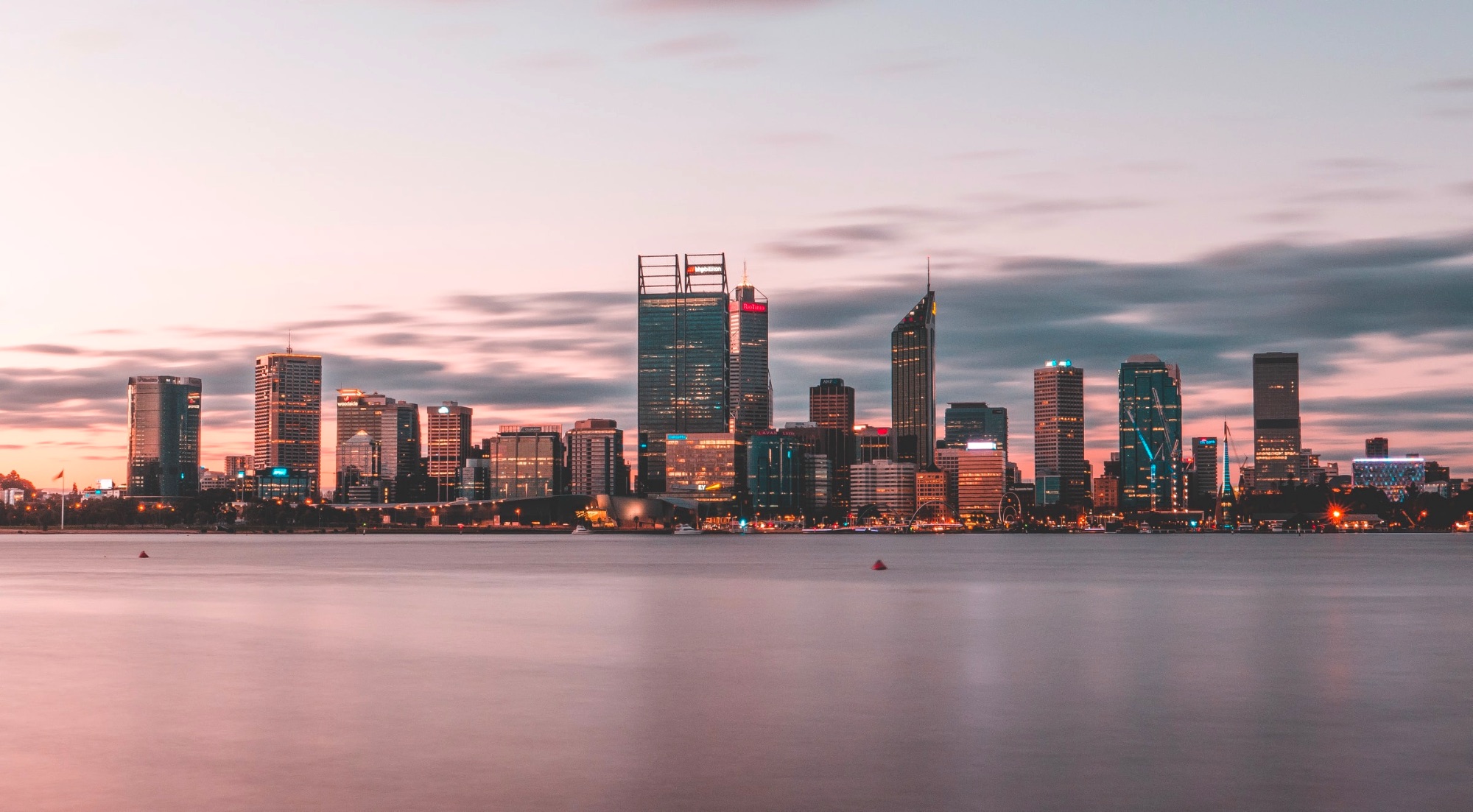
Perth wants a wave pool. So much so that the city allocated a 5.7-hectare lot adjacent to the Kwinana Freeway and Cockburn train station. Then they pitted veterans of the surf pool space Aventuur and Urbnsurf against each other in the bid to build Western Australia’s first wave park.
The two parties have a tangled history.
Andrew Ross built Urbnsurf Melbourne then joined Aventuur, an investment and development company a few years later. Aventuure just purchased exclusivity to Wavegarden’s Cove technology for most of Australia and nearby environs. This means that Urbnsurf, led by CEO Damon Tudor, can’t use Wavegarden Cove technology for projects developed after Sydney’s Olympic Park is built in 2022. (That deal was signed before Aventuur secured Cove rights).
It’s an intense battle mostly being waged through media opps to influence public opinion and sway decision-makers in Perth. Andrew and Damon insist it’s all fair and above board competition. As far as we know there haven’t been any snakes-in-the-mailbox or cut brake lines or anything even remotely worthy of a Tiger King episode. These are well-behaved surfers. And by all appearances Aventuur and Urbnsurf are playing nice.
This interview is with Aventuur’s Nick Edelman and Andrew Ross and comes as part one of the story of Perth’s imminent wave pool. Next week we will hear from Damon Tudor and Urbnsurf.
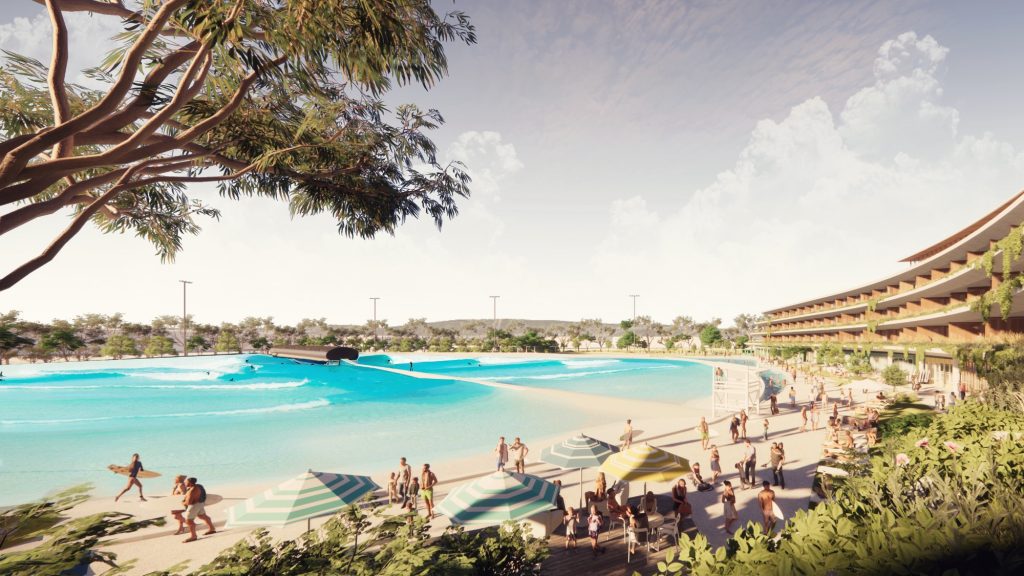
What territory licenses for Wavegarden Cove does Aventuur hold?
Andrew: In terms of the exclusive territories that Aventuur now holds within Australia its: Sunshine Coast, Brisbane, Gold Coast, Northern New South Wales, through Byron, down to Coffs Harbour, Adelaide and the Perth market. Also, Aventuur owns the country-wide Wavegarden exclusive rights in Singapore, New Zealand and Fiji, with more to follow.
What’s happening in Perth?
Andrew: At the moment in Perth, the Western Australian government has made a site available for a surf park development and they’ve invited both Urbnsurf and Aventuur to tender. Aventuur proposes to use the Wavegarden ‘Cove’ technology and Urbnsurf is proposing to use Endless Surf. The Western Australian government will decide which is the best proposal.
So the Government said, ‘OK, we have this land, we want to do a surf park. We’ll talk to Aventuur and we’ll talk to Urbnsurf.’ And so you guys present and you’re competing for the contract.
Nick: That’s essentially correct. We’ve submitted a detailed submission for the site, and a ‘Cove’ is ideally suited to it just in terms of the geometry and the orientation of the lagoon to the prevailing winds. It’s right on the major freeway here in Perth, so access to the site is great. This project allows us to build upon what we’ve seen with the ‘Cove’ in Melbourne and add further successful elements we have seen in surf parks and surf hotels around the world to the story.
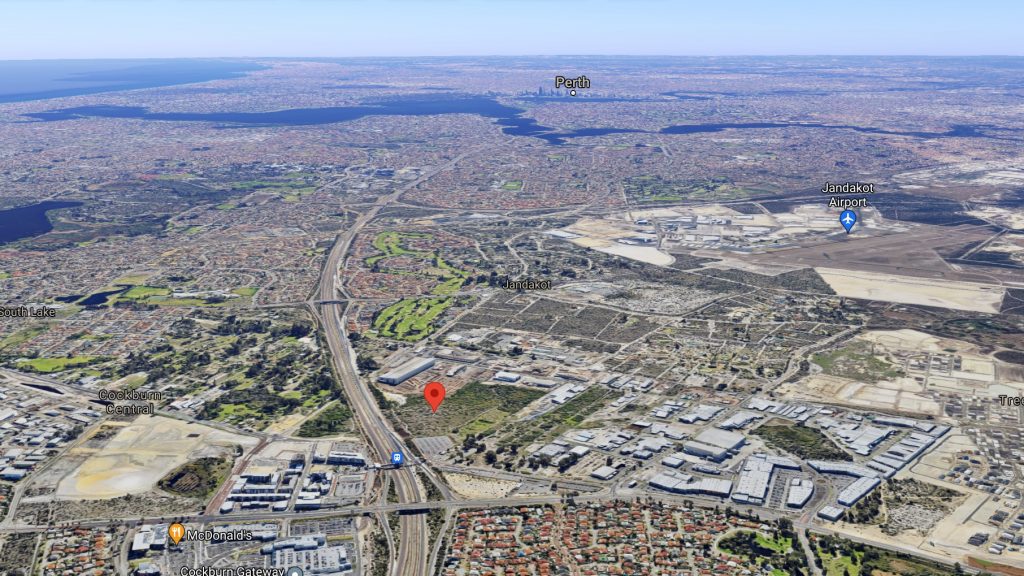
When you opened Urbnsurf you went through an intense process. Certainly there must have been times where you were cursing Wavegarden when things didn’t go smoothly. What has evolved in your appreciation of Wavegarden?
Andrew: Ha, ha, ha! You know, it’s always more difficult building something for the very first time. There are now five commercial ‘Coves’ operating around the world, with all the learnings from all of these different teams. Wavegarden is also a more mature and experienced business now than when we first started building Melbourne back in 2017, and I think all that experience now makes us just that much more confident.
You have to remember that when we first started building in Melbourne, we didn’t know whether the wave generator would work as planned, what type of waves would be produced, how much energy it would use. So it really was a leap of faith. And I’m just really thankful that the ‘Cove’ has actually delivered as a product in terms of what was promised it would do.
We have adopted this phrase, “we’ve got first-mover experience, but now with second-mover advantage.” We see the Wavegarden ‘Cove’ as being the leading technology in the market. We’ve spoken to all the different technology groups and know them well. But what we’re looking to do is deliver as many waves as possible to the greatest number of people as possible for the lowest cost possible, and work with a team that’s the most experienced in the market in terms of delivery. When you apply that lens, there’s kind of nothing else other than the ‘Cove’ and Wavegarden. So we’re pretty happy to be Wavegarden’s largest partner globally now.
Ok, and how is the relationship with Damon and the crew at Urbnsurf going? Are you all still chatting or is it like Game On!?
Andrew: I’m still a significant shareholder at Urbnsurf and I wish those guys every success in the world… except in the Perth market, ha, ha, ha! They’re a good team and they’re obviously very focused on trying to get their Sydney project away, which is interestingly a Wavegarden ‘Cove’ development. And I wish them all very well with the Sydney project.
“You have to remember that when we first started building in Melbourne, we didn’t know whether the wave generator would work as planned, what type of waves would be produced, how much energy it would use. So it really was a leap of faith.”
One surf park developer said that a stand-alone surf park biz model is difficult to make profitable. There are a lot of projects where the wave pool is a central attraction for the development of housing, or retail and other bigger profit components. Does Aventuur see a wave pool as being more profitable as a turnstile entry surf park or as the center to a real estate development with housing and amenities?
Nick: So in terms of a stand-alone facility, the Wavegarden ‘Cove’ is commercially feasible on its own with strong profit margins in suitable markets. We also see the opportunity for the addition of ancillary real estate in locations around the globe, adding to the commercial feasibility of the project. We also see the advantage the ancillary real estate adds to that overall destination ecosystem, making it also just a great place to spend time.
Andrew: I think it’s a little different when you look at the ‘Cove’ versus other technologies, because the ‘Cove’ delivers so many waves to such a large number of guests at such a low cost that it is absolutely a great stand-alone business. Most of the other technologies don’t offer that. And so they do have to add on other elements to bolster their business model.
From our perspective, we divide the market into three different business models. You’ve got the turnstile surf park model, then you have a suburban style model, which is the surf park at the center of a broader real estate development, which might include residential homes as well. The third model, which we’re seeing emerge now, is the destination model. So, it’s building a surf park in a place where it’s not really designed for the local residents. It’s more for visitors that come to those markets. And that could be in a resort setting or something similar.
I think it would be very difficult for some of the other technologies to work in some of those business model settings. They would need these other real estate elements, and that’s largely to do with the limited lagoon capacity. It’s linked to the number of ‘bums on boards’ per hour going through it, and that’s a function of how many waves you can produce. I think secondly, and this is something which is emerging as an issue we’ve talked about in the past, and that’s energy use of these different technologies. I’m yet to see a really thorough analysis of that in the various media sources that are covering this space. Just because you plan to use renewable power, that isn’t the solution. Renewable power still costs money, so the fundamental question is, what is the total energy use per hour of operation? So from our perspective, that’s a really key one.
It’s an important line item within your operating budget as a surf park operator, but it’s also a really key item from a sustainability and credibility perspective.
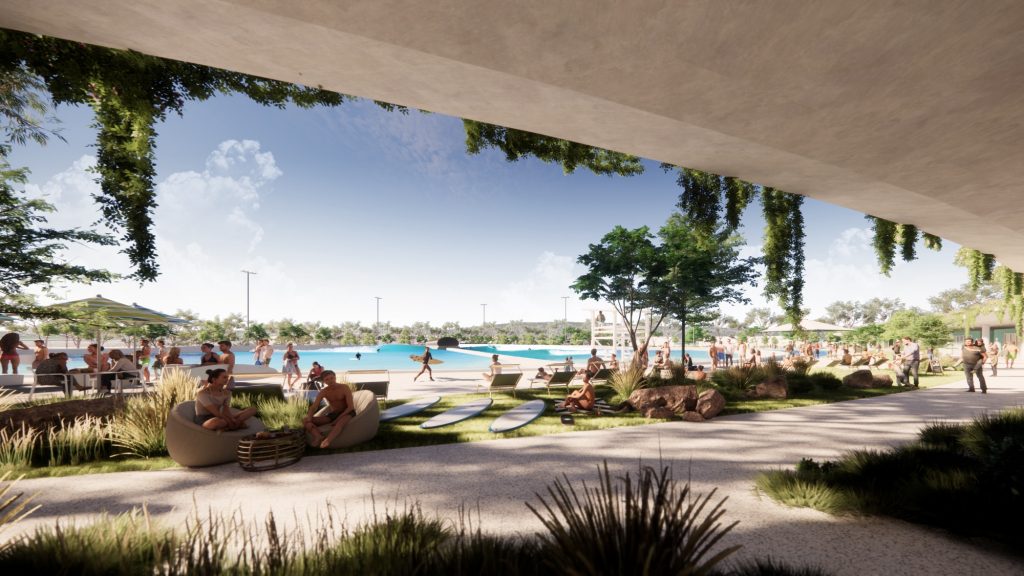
Aventuur now have all these Wavegarden Cove licenses. What is your first priority project?
Andrew: Perth is our number one project globally. So that’s where our full focus is at the moment.
What are the unique challenges to Perth that you wouldn’t find in Melbourne?
Nick: The energy market because it’s a regulated market, meaning the price of power is more expensive. So that’s why this is such an important aspect in terms of Wavegarden. But that’s just one element. Andy, you’ve probably got a host of others specifically…
Andrew: Yeah, for sure. One of the really interesting things is that Perth is the most isolated capital city in the world. And so it means that culturally we’re kind of unique in many ways. And so I think one of the challenges is creating something new in this market. You need to have a fundamental understanding of the people here and the surfing culture, and the like, so that people will embrace it. Towns like ours that are isolated, are often a little resistant to change. So I think that local knowledge is pretty fundamental. So that’s a particular challenge here in this market that I think we are well placed to meet.
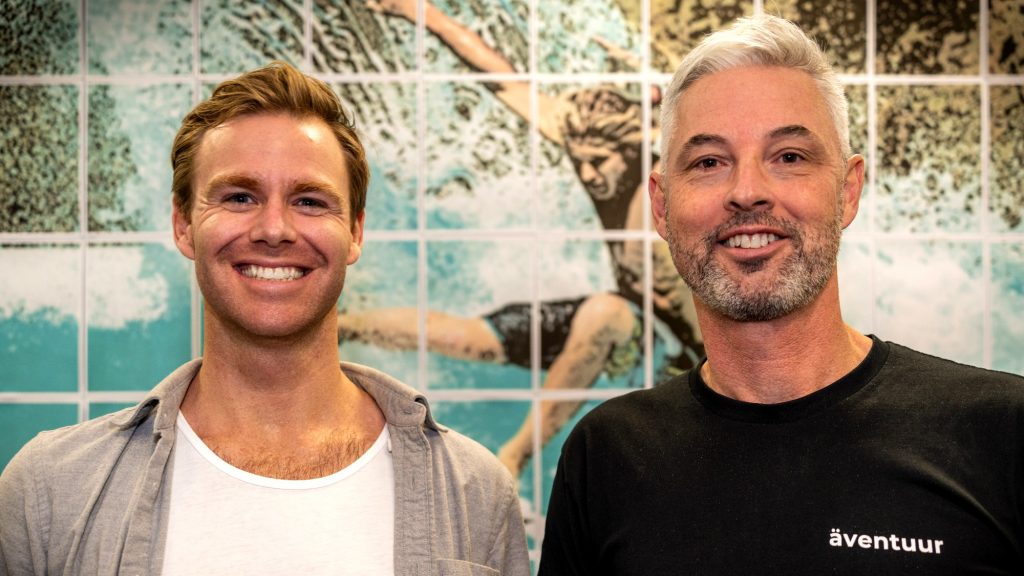
The original wave pool you planned in Perth was humming along smoothly until a small, but vocal group of residents opposed it.
Andrew: Yeah, it’s really interesting when you compare that process we went through with the Tompkins Park project to where we are now. It’s almost a little bit of a blessing that the Tompkins Park site didn’t ultimately go ahead, because the learnings from the Melbourne project and all the other Wavegarden projects around the world mean that we can essentially go to the next level in terms of design and development ideas that we have for the project here in Perth.
How so?
Andrew: Well, it’s really just like you’ll see it now in some of the newer ‘Coves’, like the one in South Korea that’s got 56 modules, rather than the 46 in Melbourne. And that means that the barrel’s longer, and the length of ride is longer so we will look to adopt that. You’ve got the ‘Cove’ in Sao Paulo which has got different design features for the shoreline configuration. We’re going to adopt that and build on that as well.
When I first designed the Melbourne project, it was really just trying to get it done for as low a cost as possible to prove the business model and make sure that it would work. And it’s working incredibly well, which is all down to the ‘Cove’. In comparison, Perth offers the opportunity to put accommodation on site, to expand the health, wellness and fitness offering, and to look at putting co-working on the site as well, and take advantage of the improved access to that site compared to that initial site we looked at for Tompkins Park – which was very much a smaller scale.
“I’m quite sentimental about Perth because it was the very first territory I secured from Wavegarden when I signed my first agreement with them in October 2012. So it’s kind of come full circle, which feels great.”
Have you fleshed out what facilities and amenities you will have there and can you share?
Nick: A lot of the facilities will be similar in terms of beach bars, hospitality offerings, and restaurants. But we’re looking to have one of the most forward-thinking and progressive surf academies in the world and we’ve partnered with some of the leading surf coaches to deliver that. Andy’s also got great connections with Surfing WA to assist with that academy as well.
We are looking to have co-working offices on-site to allow people to surf before work, at lunchtime and after work and be able to spend more time at the surf park. We’re looking to have some health and wellness facilities at the park which is situated just near Cockburn train station. So you’ve got upwards of a thousand commuter cars that are parked there every day. So the ability for people to train before and after work at the park will be pretty unique in terms of wellness facilities and cross-training facilities.
But what we’re really trying to do is remain authentic – we don’t want this to be a theme park. We want this to be a place where the core surf community can spend time and be a place they’re proud of. It becomes their local, rather than a once-a-year thing.
So having the appropriate amenities to have people spend a lot of time there is what we’re focused on, and to have that community feeling more like a boardrider’s club than a theme park is really important to us. We are also looking to have accommodation on-site as well, depending on approvals.
Can you give us specifics, size, amenities, etc?
Andrew: We will look to have 56 modules for the ‘Cove’. So the same size as Korea, but we might have put in 57 just to make sure that it’s the biggest in the world!
Then we’ve got plans a 100-room boutique hotel. There’s a top-floor bar and function area for events, conferencing space in the lower levels, co-working, you’ve got retail, the health, wellness and fitness offerings which will incorporate training activities and modalities which exist in other parts of the world, that don’t actually really exist here in Australia, to make it part of the ecosystem that we’ve got.
There’s also the opportunity for a large events space. And we’re working with a couple of different events groups to reinforce that and look to have really unique offerings here. So the vision ultimately is to have this location as almost the epicenter of your surfing life. Obviously, we’re all still surfing in the ocean when we can, but particularly here in Perth, we’ve got great beaches, but the surf’s pretty ordinary most of the year.
Nick: And we will be true to the local endemic species for our landscaping on site, and we’ve had lots of discussions with renewable energy providers here in Perth to source clean energy. So it’s an opportunity for us to showcase what’s best about WA surfing, and Perth in general, using local suppliers, featuring local products, and working with local consultants and contractors where possible.
We’re one of the only surf park developers that are operating across multiple markets around the globe at the moment, but we’re still very much focused on delivering to each of our local market’s needs.
Main article image by Fadzai Saungweme
Related Coverage
